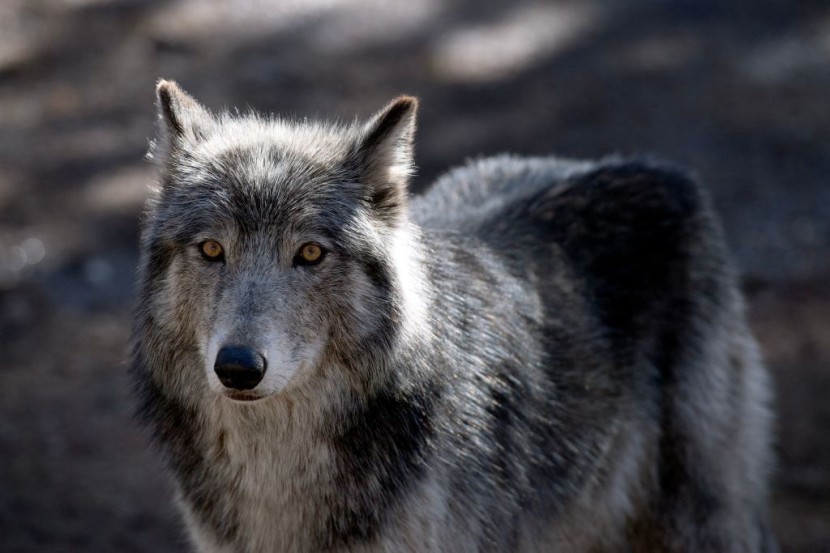
In a rare discovery, two black wolves—likely siblings—were captured on camera crossing a stream in a Polish forest, according to the SAVE Wildlife Conservation Fund Poland. The sighting, announced on Sunday, has intrigued conservationists and prompted further research into the wolves' genetic makeup.
The rare footage was captured last year by Joanna Toczydłowska, a project coordinator for SAVE Wildlife Conservation Fund Poland. Initially setting up a camera to study beavers, Toczydłowska was surprised when she realized she had inadvertently recorded wolves instead. Recognizing the significance of the footage, she left the camera in place and later retrieved additional clips featuring the black wolves.
In one video, a black wolf and a gray wolf cautiously wade through a stream, the water reaching up to their bellies, before leaping onto the bank. Another clip, filmed in the fall, shows two black wolves accompanied by a gray wolf navigating the same stream. These recordings provide an extraordinary glimpse into the lives of these elusive creatures.
While Poland is home to an estimated 2,500 to 3,000 wolves, most exhibit the typical gray coloration with red or black accents. True black wolves are exceptionally rare in Europe due to limited genetic diversity. Scientists believe that the black fur trait originates from a genetic mutation introduced by domesticated dogs thousands of years ago. In contrast, in Yellowstone National Park in the United States, where genetic diversity is greater, approximately half of the wolf population possesses black fur.
Because wolves tend to travel in family units and the two black wolves were similar in size—each weighing around 66 pounds, comparable to a German shepherd—Toczydłowska and her team believe they are likely siblings, around a year old. At least one of them has been identified as male.
To learn more about the wolves' genetics, the conservation organization has begun collecting scat samples from the forest. DNA analysis will help determine how the black wolves inherited their unique fur coloration and contribute to a broader understanding of Poland's wolf population.
The exact location of the sighting is being kept confidential to protect the wolves from poaching and to prevent misinformation about wolf populations from spreading. Wolves were nearly extinct in Poland by the 1950s but have made a strong comeback in recent decades, particularly in the country's central regions since the early 2000s.
"For people, it is a new phenomenon," said Roman Gula, head of the organization's wolf monitoring project. "Education is one of our major, major goals."
The SAVE Wildlife Conservation Fund has been studying Poland's wolf populations for 13 years and continues to educate the public on coexisting safely with these animals. The organization recently shared news of the black wolf sighting on Facebook, seeking financial support for genetic testing to further analyze the black-fur mutation and its implications for the species' conservation.
With the discovery of these rare wolves, researchers hope to uncover new insights into the resilience and adaptation of Poland's growing wolf population while fostering public awareness and conservation efforts.
© 2025 HNGN, All rights reserved. Do not reproduce without permission.








